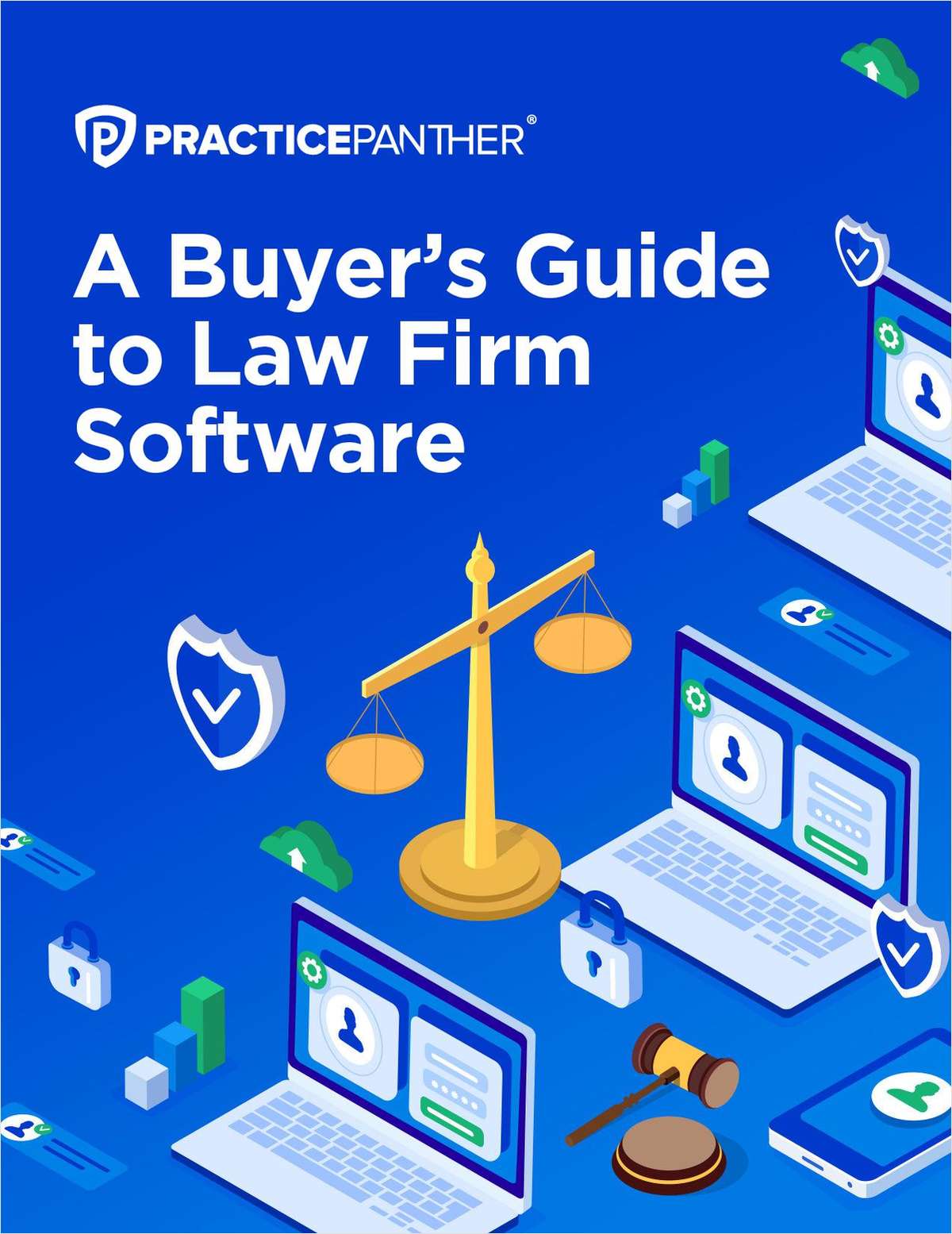0 results for 'Merrill Lynch Pierce Fenner and Smith Limited'
Cite as: Nokia Corporation v. InterDigital, Inc., 10-1358-cv, NYLJ 1202494895345, at *1 (2d Cir., Decided May 23, 2011)Before: Walker, B.D. Parker and Hall, C.J

Asia Deal Digest: March 8, 2012
Davis Polk and Paul Weiss lead on two Japanese bond deals; Clifford Chance lands the premium role as a bank unloads its insurance businesses; and Edwards Wildman's Hong Kong affiliate helps a Chinese oil giant float fresh stock.

Lawyers look to protect their own in class action battle
On Supreme Court briefs, law firm names can usually be found toward the bottom, identifying the affiliation of the counsel of record. But in a pair of cases now pending before the court, law firms are top-of-the-page petitioners, signaling a major new effort to convince the Supreme Court that lawyers and other "third parties" should not be sued in securities class actions.
Considering When Courts Should Override Parents' Decisions
Robert Z. Dobrish, the senior member of Dobrish Zeif Gross, writes that recently, a court rejected an arrangement that was inconsistent with the wishes of the children despite both parents' belief that it was in the children's best interests. The case was unique in its posture in that both parties stipulated to the facts and asked the court to decide the issue. Thus, a most interesting question remains: What would have happened if the parties had resolved the issue in a manner which was antagonistic to the desires of the children, but both parents sought to withdraw their proceeding and objected to the court's making its own determination? Would/should the court then have had the ability/temerity to make non-critical child rearing decisions when the child's parents made different choices?View more book results for the query "Merrill Lynch Pierce Fenner and Smith Limited"



Language Court's Focus in Cases Like 'Merck'
The U.S. Supreme Court's Merck opinion this week is in line with its recent interpretations of the Securities Exchange Act's private right of action.
Should Employees Share Their Arbitration Costs?
The use of arbitration to resolve employment-related disputes has grown exponentially. Ironically, the increased use of arbitration has generated significant litigation over the rules that should govern proceedings between employers and employees. In particular, the issue of cost allocation has arisen frequently, but the courts themselves are divided on cost-sharing provisions.
Matter of Atherton v. Online Video Network, Inc. Matter of Atherton v. Online Video Network, Inc.

Recent Decisions on Empty Chair Defendants
In their Medical Malpractice column, Thomas A. Moore and Matthew Gaier of Kramer, Dillof, Livingston & Moore analyze two recent decisions, one that recognizes that the opportunity had by co-defendants to litigate the merits of claims against another defendant on a summary judgment motion precludes those claims from being re-litigated at trial for the purposes of apportionment, and another that discussed the effect of an automatic bankruptcy stay on empty chair strategies.TRENDING STORIES
More from ALM
- Morgan & Morgan Class Action Attorneys Detail Pathway to Success Within Cybersecurity and Data Privacy Practice 1 minute read
- Holwell Shuster & Goldberg Partners Leverage 'Hostile' Witnesses to Secure $101 Million Verdict Against Walmart 1 minute read
- Legal Speak at General Counsel Conference Midwest 2024: Mike Andolina, Partner, White & Case 1 minute read
Resources

State AI Legislation Is on the Move in 2024
Brought to you by LexisNexis®
Download Now

2024 ESI Risk Management & Litigation Readiness Report
Brought to you by Pagefreezer
Download Now

Creating a Culture of Compliance
Brought to you by Ironclad
Download Now

A Buyer's Guide to Law Firm Software
Brought to you by PracticePanther
Download Now



